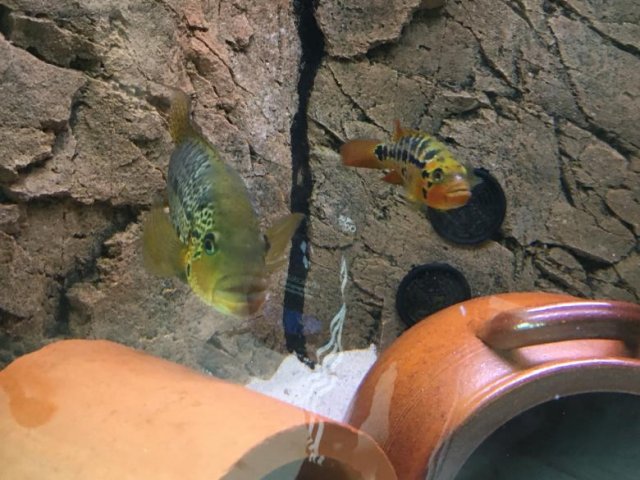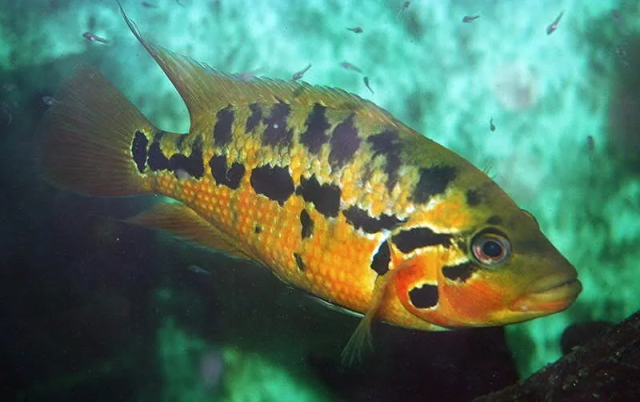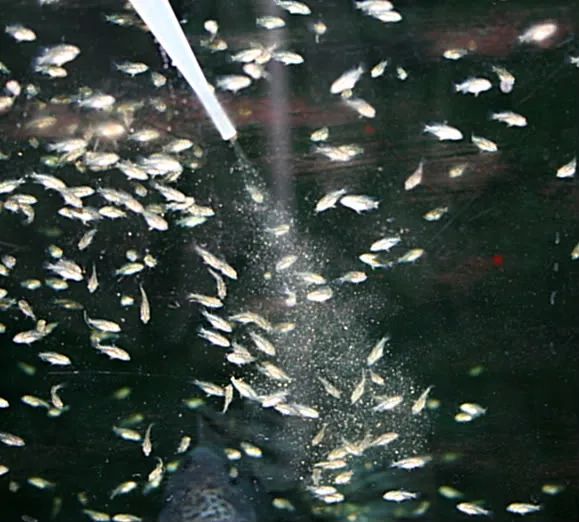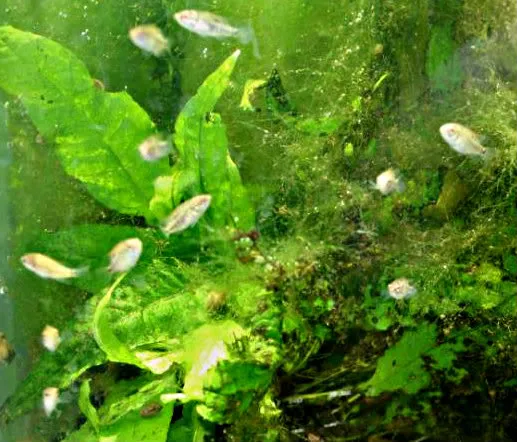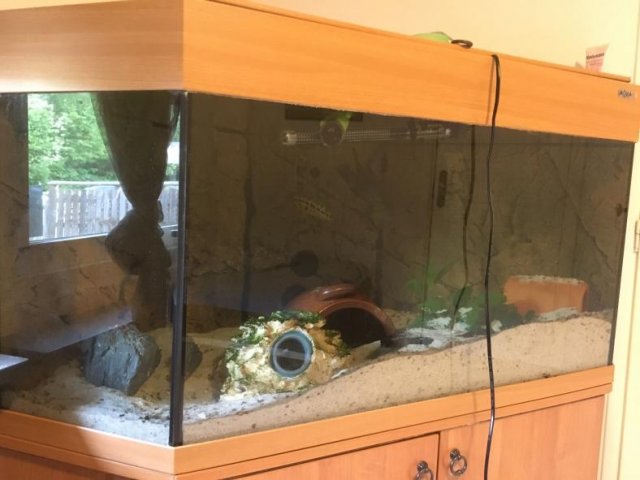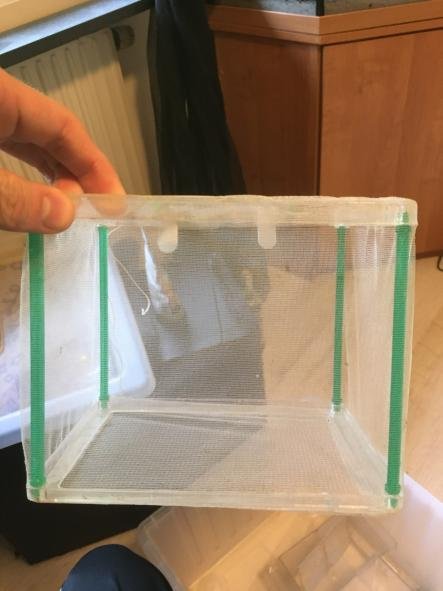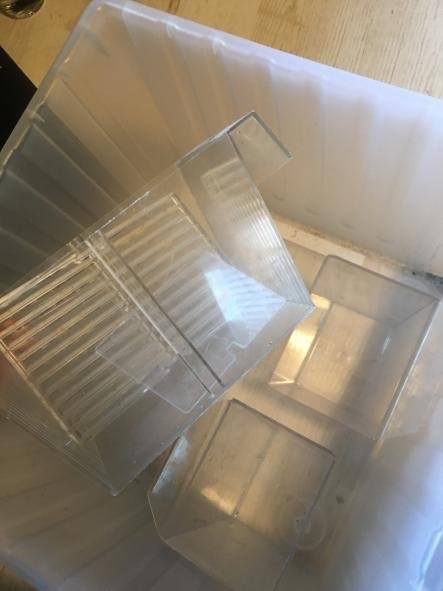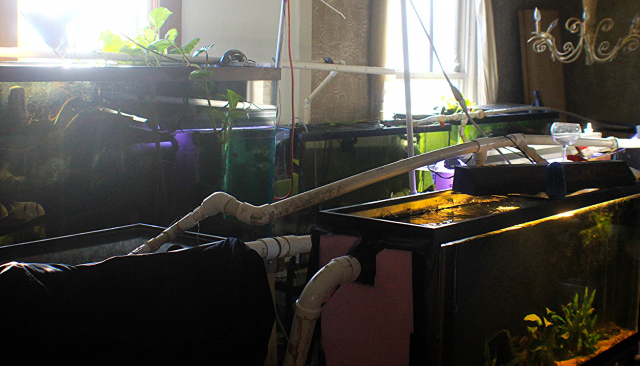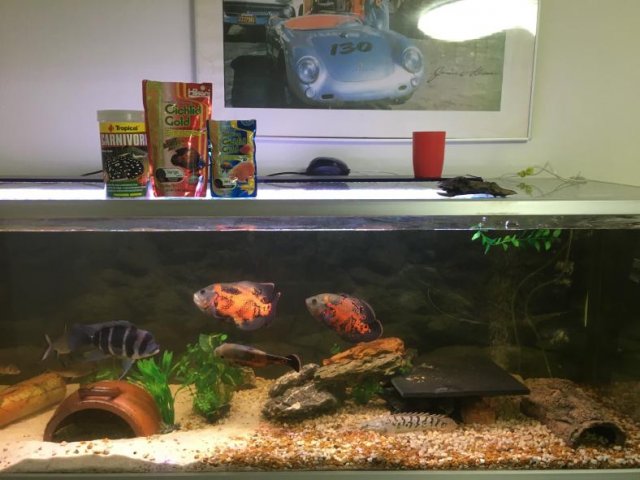Hi ! i recently got this pair thats approximetaly 2 years old the male is 27 cm / 10.5 inches the famale is 17 cm / 6.5 inches , acording to the previous owner they bred reguarly and i only had them for barely a week but this is my first time in the hobby where i set up a tank for ONLY 2x fish ( no plecos/ancitrus or ANYTHING else ) i only been in the hobby for 1.5 years so there might be something im missing , im totally new in breeding i want to know everything thats been working for you guys in breeding parachromis / RTM fish !  i heard one guy talking about cold water changes thats about it , not in a big hurry since its only been 1 week but i simply want to do the best i can so...
i heard one guy talking about cold water changes thats about it , not in a big hurry since its only been 1 week but i simply want to do the best i can so...  please comment your experiences on this fish or any parachromises at all (( I did kinda want a jaguar but noone available and this might be the smarter one to start with since its smaller ))
please comment your experiences on this fish or any parachromises at all (( I did kinda want a jaguar but noone available and this might be the smarter one to start with since its smaller ))
